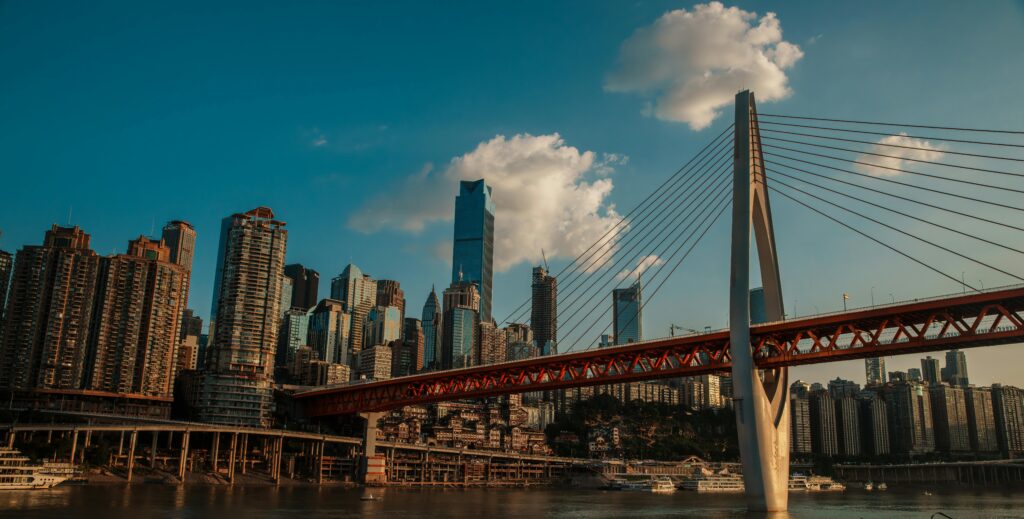Urban design, the art of shaping cities, is traditionally seen through the lens of functionality, aesthetics, and efficiency. However, as societies evolve, the focus on inclusivity and diversity in urban planning has gained momentum. One significant aspect of this shift is the incorporation of gender perspectives, especially those from female planners, into the urban design process. This approach not only addresses the unique needs of different genders but also fosters environments that are safer, more accessible, and equitable for all.
Understanding Gender in Urban Design
Historically, urban spaces have been designed with a male-centric viewpoint, often overlooking the specific needs and experiences of women. This has resulted in cities that can be intimidating, unsafe, or inconvenient for women, particularly in areas like public transportation, pedestrian routes, and public spaces. The traditional model of urban design often assumes a universal user—typically a male figure—who navigates the city for work, leisure, or errands without the constraints of caregiving, safety concerns, or social expectations.
Female urban planners bring a different perspective to the table, one that is shaped by their lived experiences and a deeper understanding of the challenges women face in urban environments. This perspective is crucial in creating cities that cater to the diverse needs of all residents, not just a select demographic.
Safety and Accessibility: A Female Perspective
One of the most significant contributions of female planners to urban design is the emphasis on safety and accessibility. Women, more than men, are likely to feel vulnerable in public spaces, especially at night. This has led female planners to advocate for better street lighting, more visible public transportation stops, and the design of public spaces that are open and easily surveilled, reducing opportunities for crime.
For instance, cities like Vienna have implemented gender-sensitive urban planning practices, inspired by female planners, that include better lighting, wider sidewalks, and more accessible public transportation. These changes have not only made the city safer for women but also for children, the elderly, and people with disabilities.
The Role of Public Spaces in Social Inclusion
Public spaces are essential for social interaction, recreation, and community building. However, the design of these spaces often fails to consider the needs of women, particularly those with children. Female planners emphasize the importance of creating inclusive public spaces that cater to families, offering amenities such as playgrounds, seating areas, and restrooms equipped with changing tables.
Moreover, female planners advocate for the integration of green spaces within urban areas, which provide safe, accessible places for women to exercise, relax, and socialize. These spaces are designed to be inclusive and welcoming, ensuring that women feel comfortable and encouraged to participate in public life.
Mobility and Transportation: A Gendered Approach
Mobility and transportation are critical aspects of urban design, and female planners have been instrumental in highlighting the gendered dimensions of these systems. Women often have different travel patterns than men, frequently balancing work with caregiving responsibilities. This requires urban transportation systems to be flexible, affordable, and safe.
Female planners have been at the forefront of advocating for improved public transportation that accommodates the needs of women, such as more frequent and reliable services, better connectivity between different modes of transport, and safer transit environments. Additionally, they promote the design of urban spaces that encourage walking and cycling, which are often the preferred modes of transport for women.
The Future of Urban Design: Embracing Gender Diversity
As the field of urban design continues to evolve, the inclusion of gender perspectives, particularly those of female planners, is becoming increasingly recognized as essential for creating livable, equitable cities. By addressing the specific needs of women in urban environments, female planners are not only enhancing safety and accessibility but also fostering social inclusion and improving the overall quality of life for all city residents.
The future of urban design lies in embracing diversity and inclusivity, recognizing that a one-size-fits-all approach is no longer sufficient. Female planners, with their unique insights and experiences, are leading the way in transforming cities into spaces that are not just functional and beautiful, but also safe, accessible, and welcoming for everyone.








